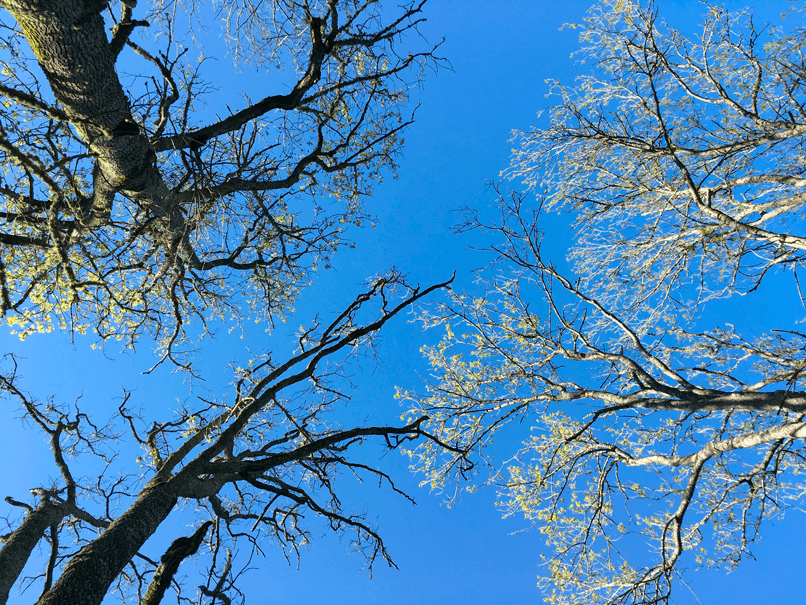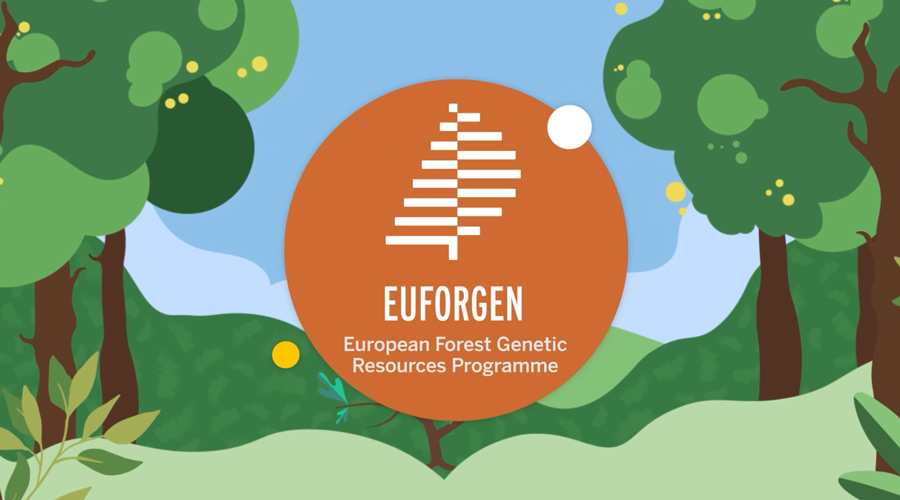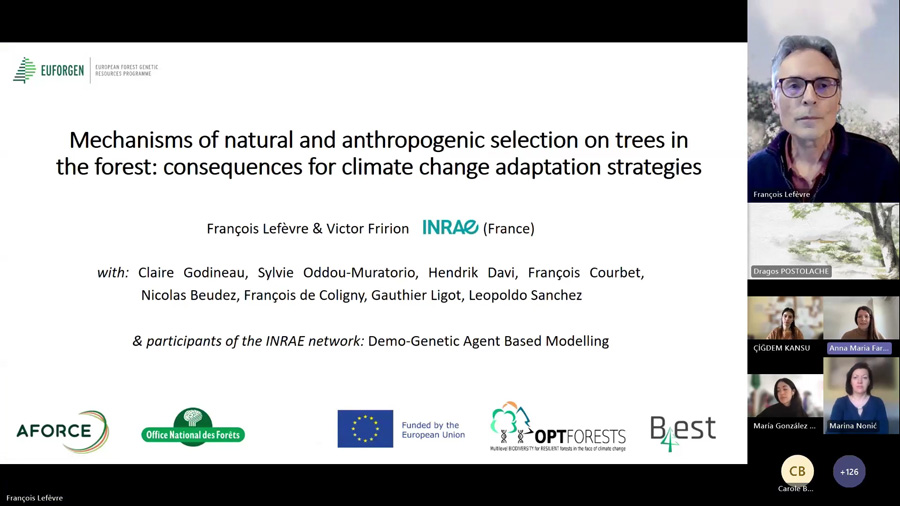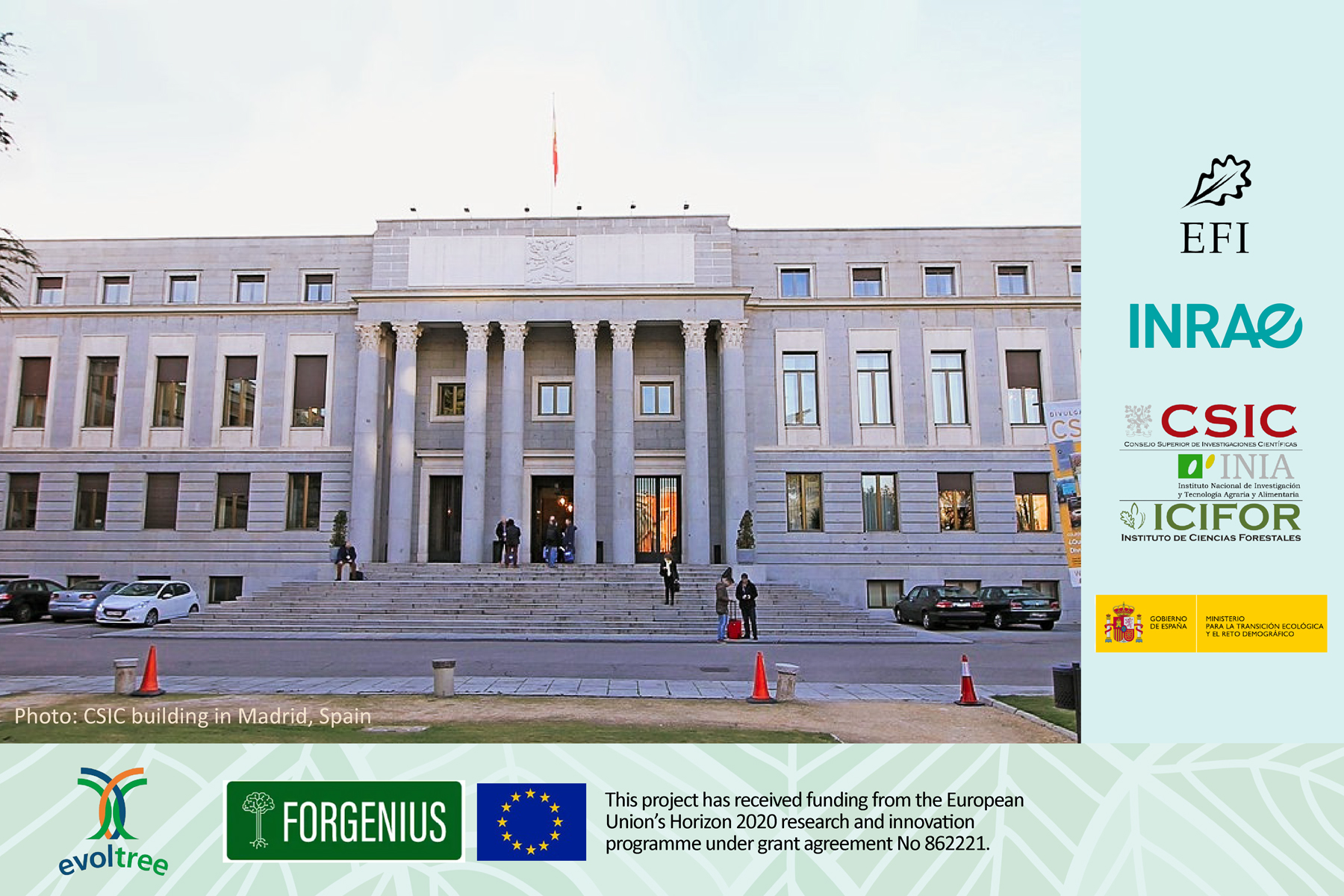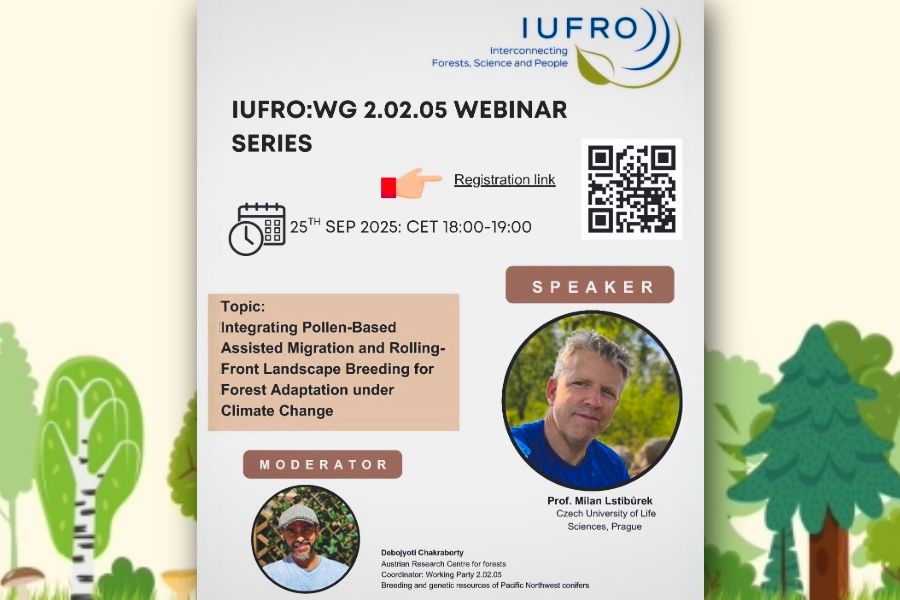Ash dieback disease: studying the survivors
Ash (Fraxinus excelsior) is a beautiful, fast-growing tree that can tolerate hot summers, cold winters, and many kinds of soil. Its elastic wood was used for centuries to make chairs, instruments or sports equipment, its leaves as fodder for animals when farmers were running out of hay. Ash is a key element of the European landscape that contributes to human well-being, biodiversity and bioeconomy.
The ash dieback epidemic, caused by the fungus Hymenoscyphus fraxineus (previously known as Chalara fraxinea), has caused widespread damage and death in ash tree populations across Europe over the past 20 years. The disease causes leaf loss and crown dieback and has already wiped out 90% of the ash trees in Denmark, one of the most affected countries where it has been extensively studied.
Ash dieback poses challenges to public safety, green spaces, human wellbeing and biodiversity, because the species makes up large areas of European forests and is often grown in urban settings.
A key question for foresters, conservationists, ecologists, and governments is: are there any healthy trees still left? If so, what should we do to conserve the species?
Task force
EUFORGEN is especially interested in trees and populations that represent high genetic value because they are adapted to specific environmental conditions and are conserved in genetic conservation units.
A recently designated EUFORGEN task force is now spearheading an attempt to verify the level of damage caused by the ash dieback in all European countries hosting such units. The aim is to check which tree populations survived and take action to conserve them.
As a first step, the task force will survey the countries to assess the status of the disease in each. Secondly, the task force will look at the 100 GCUs that contain ash trees and check the health of individual trees. The objective is to safeguard the few healthy ash trees left. This information will also help to identify healthy seed sources that are likely to show high levels of natural resistance to the pathogen, for future breeding programs and re-introductions of ash trees into forests and cities.
Genes of resistance
The genome of the healthy trees could in fact contain the solution to the problem. There are genes that are responsible for resistance to the fungus; however, according to the research team from Copenhagen University, very few trees, probably fewer than 1 in 20, have a high level of natural resistance.
Scientists at Queen Mary University of London have sequenced the European ash genome which is allowing the identification of genes responsible for resistance to the fungus via association transcriptomics, and genome wide association studies.
This knowledge, combined with practical information about the exact location of healthy populations and trees collated through the EUFORGEN task force, will be useful to understand how to mitigate the threat to forest health and to guide future decisions of forest managers, conservationists and urban planners.
Read more about European ash here
The task force will also consider the closely-related Narrowed-leaved ash (also affected by the disease) of which there are 18 genetic conservation units in Europe. You can read about it here
Other interesting reading on ash
Saving the world’s ash forests calls for international cooperation now. (2018) D. Semizer-Cuming, K. V. Krutovsky, Y. N. Baranchikov, E. D. Kjӕr & C. G. Williams , Nature Ecology & Evolution.
Dieback of European Ash (Fraxinus spp.) – Consequences and Guidelines for Sustainable Management.(2017) The Report on European Cooperation in Science & Technology (COST) Action FP1103 FRAXBACK
Estimating mortality rates of European ash (Fraxinus excelsior) under the ash dieback (Hymenoscyphus fraxineus) epidemic. (2018) T. L. R. Coker, J. Rozsypálek, A. Edwards, T. P. Harwood, L. A. Butfoy, R. J. A. Buggs. Plants People Planet.
The ash dieback crisis: genetic variation in resistance can prove a long‐term solution. L. V. McKinney, L. R. Nielsen, D. B. Collinge, I. M. Thomsen, J. K. Hansen, E. D. Kjær, 2014, Plant Pathology.
